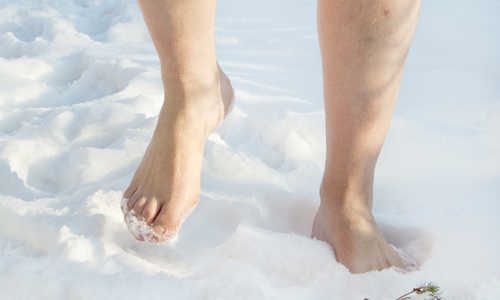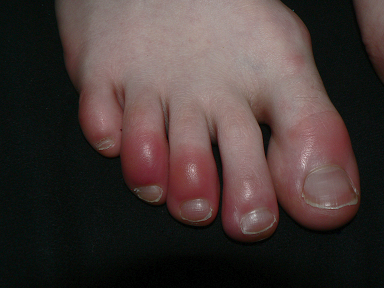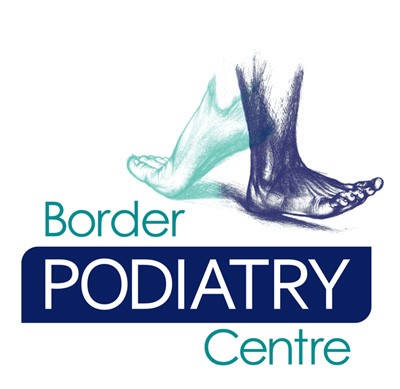
Chilblains are an abnormal vascular reaction to cold. In cold conditions small arteries and veins narrow to conserve heat which is a normal response to low temperatures.
Chilblains occur upon rewarming when widening of the vessels is not uniform and, as a result, circulation is obstructed. This causes a small red and superficial area of swelling to form. At various stages, chilblains can be white, blue, red or purple and can be numb, itchy or throbbing.
Chilblains can occur on the fingers, toes, heels, lower leg, nose or ears. They may be singular or multiple and will usually resolve within 3-5 weeks. Sometimes this does not occur and the chilblains will breakdown or even ulcerate.

Chillblains can be caused by:
- Exposure to cold, especially damp cold.
- Inadequate footwear, sock or clothes.
- Poor circulation.
- Endocrine imbalance.
- Poor nutrition.
- Infection in the affected area.
- Calcium deficiency.
Chillblains can be prevented by:
- Wearing warm clothing or layers of clothing.
- Avoiding exposure to damp and cold conditions.
- Regular exercise.
- Warming extremities up slowly.
- Avoiding trauma to susceptible areas (eg. tight toe box in shoes.)
- Correcting or treating any underlying deficiencies or systemic problems.
Once lesions have appeared there are a number of treatments that are available. As there are four different levels of chilblain severity, all requiring different treatments, it is important to see your podiatrist to determine which treatment is appropriate.
